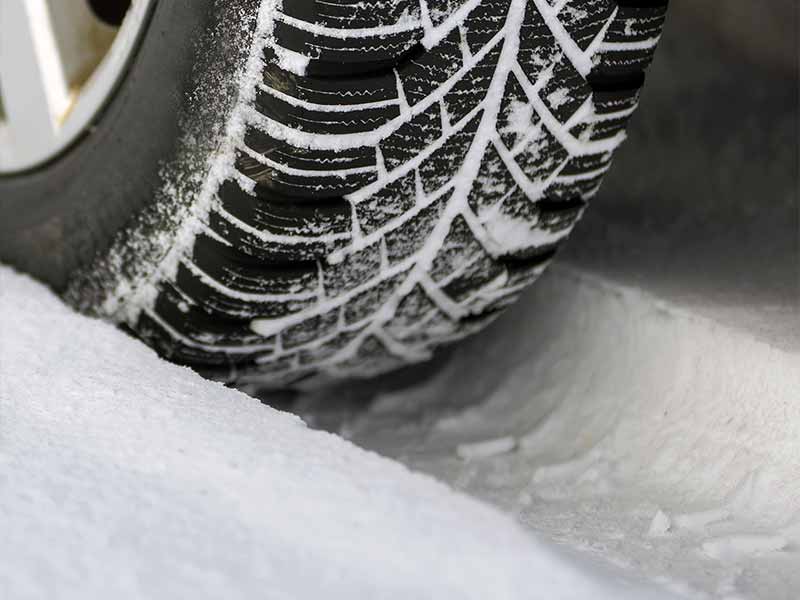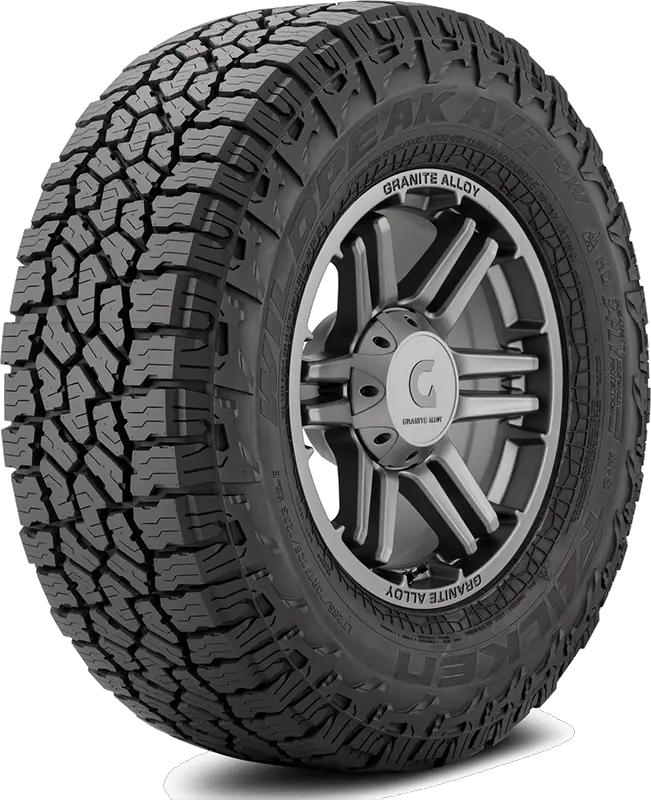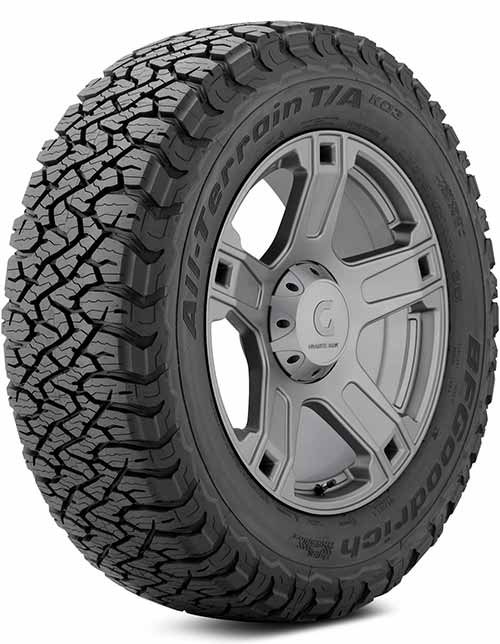Driving in snow can be a daunting experience. One of the most common questions drivers have as winter approaches is whether adjusting their tire pressure can give them an edge on those slippery roads.
Does Lower Tire Pressure Give Better Traction In Snow?
Lowering tire pressure by 3 to 5 psi can increase the tire’s contact with the ground, potentially improving traction in snow. However, it’s essential to strike a balance to avoid risks associated with underinflated tires.
In this article, we’ll delve deep into the science behind tire pressure and its effects on traction in snowy conditions. We’ll explore the benefits of winter tires, the risks of underinflated tires, and provide recommendations for safe winter driving.
Let’s take a closer look.
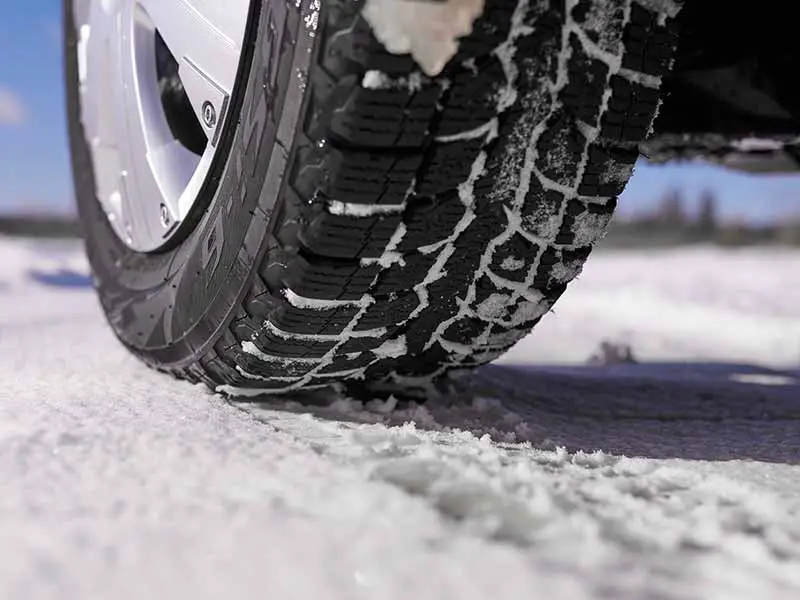
How Much Lower Should My Tire Pressure Be for Snow?
When considering adjusting tire pressure for snowy conditions, it’s essential to approach the topic with caution. While a slight reduction in tire pressure can increase the tire’s contact patch with the ground, potentially improving traction, there are limits to how much you should reduce the pressure.
Factors to Consider:
- Vehicle Manufacturer’s Recommendation: Always start by checking your vehicle’s manual or the sticker inside the driver’s door. This will provide the recommended tire pressure for your vehicle. Remember, this recommendation is for typical conditions, so any adjustments for snow should be minimal.
- Tire Type: If you’re using winter tires, they might have different pressure recommendations than all-season tires. Check the tire sidewall or the tire manufacturer’s website for specific guidance.
- Driving Conditions: If you’re driving in a mix of conditions, like both snowy roads and cleared highways, you’ll want to be cautious about reducing your tire pressure too much. A tire that’s optimal for deep snow might not handle as well on a clear highway.
General Guideline:
- Slight Reduction: A common recommendation is to reduce tire pressure by about 3-5 psi (pounds per square inch) below the manufacturer’s recommendation when preparing for deep snow conditions. This slight reduction can help increase the tire’s contact with the snow, offering better traction.
- Regular Checks: If you decide to reduce your tire pressure, it’s crucial to check it regularly, especially if the weather changes or if you’re moving between different driving conditions.
Important Notes:
- Avoid Over-Reduction: Reducing the tire pressure too much can lead to underinflation, which poses risks like increased tire wear, reduced fuel efficiency, and potential tire damage.
- Reinflate After Snow: Once the snowy conditions have passed or if you’re driving on clear roads, reinflate your tires to the manufacturer’s recommended pressure to ensure optimal performance and safety.
Why is Underinflation a Problem?
Tires need the right amount of air to work properly. If they don’t have enough air:
- More Wear and Tear: The tire can wear out faster. This means you might need to replace it sooner than you thought.
- Overheating: Tires can get hot when you drive. If a tire is underinflated, it can get too hot. This can be bad for the tire and even cause it to break.
- Bad Handling: A car with underinflated tires might not turn, stop, or start as well as it should. This can make driving unsafe.
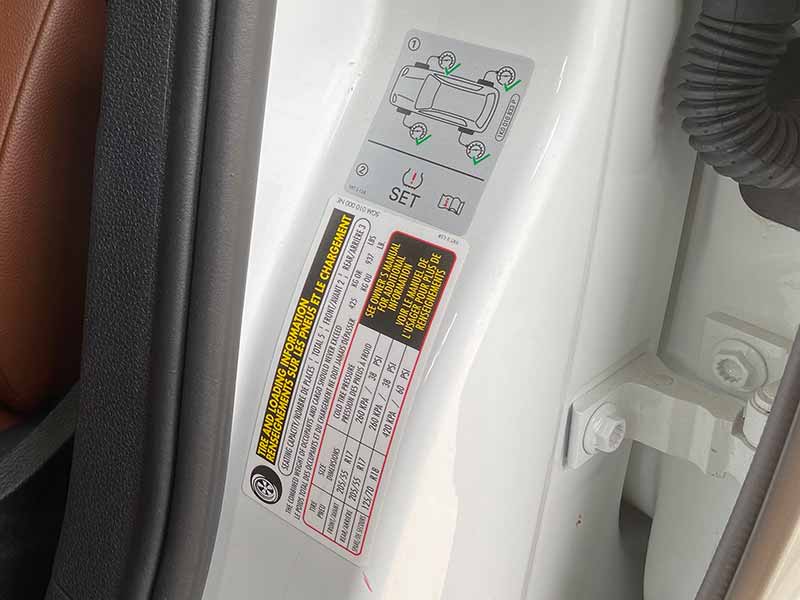
Understanding Tire Pressure: Basics
Tire pressure is the amount of air inside your tire. Think of it like blowing up a balloon. The more air you put in, the tighter the balloon feels. In the same way, the more air you put in your tire, the harder it becomes.
Why is Tire Pressure Important?
- Safety: The right amount of air helps the tire work properly. If a tire doesn’t have enough air, or has too much, it can cause problems when you drive.
- Tire Life: Tires last longer when they have the right amount of air. If they don’t, they can wear out faster.
- Fuel Economy: Your car uses less gas when your tires have the right amount of air. This means you can save money and make fewer trips to the gas station.
How Do I Know the Right Amount of Air for My Tires?
Every car or truck has a recommended tire pressure. This is the amount of air that should be in the tires for the best and safest driving.
- Where to Find It: This number is usually found on a sticker inside the driver’s door or in the car’s manual. It’s not on the tire itself. The number on the tire is the maximum amount of air the tire can hold, not the recommended amount.
- Checking Tire Pressure: You can check your tire’s pressure with a tool called a tire pressure gauge. It’s a small tool that you press onto the tire’s valve (the small pin where you put air in). The gauge will show a number. This number tells you how much air is in the tire. You should check your tire pressure when the tires are cold, like in the morning before you drive.
What Happens if I Don’t Check My Tire Pressure?
- Too Much Air: If there’s too much air in the tire, only a small part of the tire touches the road. This can make the car harder to handle, especially when turning.
- Not Enough Air: If there’s not enough air in the tire, too much of the tire touches the road. This can make the tire get too hot and wear out faster. It can also make the car use more gas.
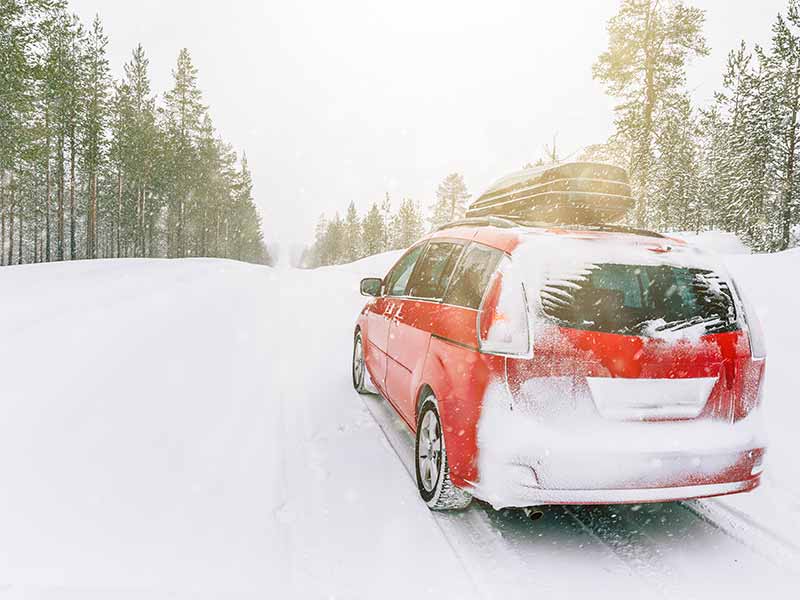
The Science Behind Lower Tire Pressure in Snow
When you drive on snow, your tires have to grip onto a slippery surface. Snow can be soft and fluffy or hard and icy. This means your tires need to work differently than they do on a dry road.
Why Would Someone Lower Tire Pressure in Snow?
Lowering the tire pressure means letting some air out of the tire. When you do this:
- More Tire on the Ground: The tire becomes a bit flatter and has a bigger area touching the ground. This is called the “contact patch.” A bigger contact patch can help the tire grip the snow better.
- Flexibility: With less air, the tire can flex or bend a bit more. This flexibility can help the tire mold to the shape of the snow or ice, helping it grip better.
But, Is It Always Good to Lower Tire Pressure in Snow?
No, it’s not always the best choice. Here’s why:
- Driving on Mixed Roads: If you’re driving on roads that have both clear sections and snowy sections, having too low tire pressure can be a problem on the clear parts. The car might not handle as well.
- Risk of Damage: If the tire pressure is too low, the tire can get damaged more easily. For example, if you hit a pothole, the tire might get hurt because it doesn’t have enough air to protect it.
- Using More Gas: Just like we talked about before, if there’s not enough air in the tire, the car can use more gas.
So, What Should I Do?
If you know you’ll be driving in deep snow or very slippery conditions, you might think about lowering your tire pressure a little bit. But remember:
- Not Too Low: Don’t let out too much air. You don’t want the tire to be too flat.
- Check Regularly: If you change your tire pressure for the snow, check it regularly with a gauge. And when the snow is gone, put the air back to the recommended amount for your car or truck.
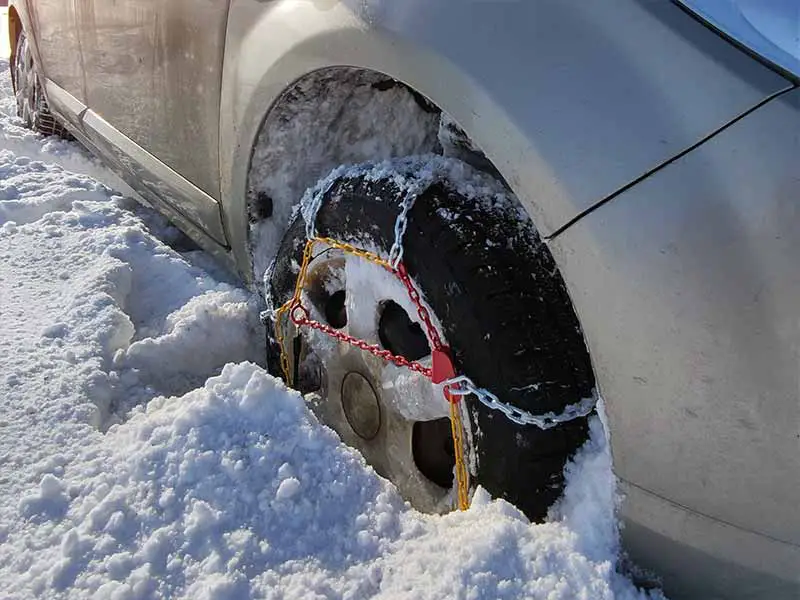
Deep Snow: Special Considerations
Deep snow is like a thick blanket on the road. It’s not just a thin layer; it’s several inches or even feet of snow. Driving in deep snow is different because:
- Harder to Move Through: Just like walking in deep snow is harder than walking on a cleared path, driving in deep snow takes more effort for your car.
- Hidden Obstacles: Deep snow can hide things like curbs, potholes, or other objects. You might not see them, but your tires will feel them.
Why Adjust Tire Pressure for Deep Snow?
When you’re driving in deep snow, you want your tires to be able to “float” on top of the snow rather than dig into it. Adjusting tire pressure can help with this:
- Bigger Contact Patch: As we learned before, less air in the tire means a bigger part of the tire touches the ground. In deep snow, this can help the tire stay on top of the snow.
- Less Digging: With a bigger contact patch, the tire is less likely to dig down into the snow. This can help you move forward more easily.
But, Are There Risks?
Yes, there are some things to be careful about:
- Too Flat: If you let out too much air, the tire might become too flat. This can be bad for the tire and make driving unsafe.
- Driving on Cleared Roads: If you drive from a deep snow area to a cleared road, having low tire pressure can make the car handle poorly. It’s important to put air back in the tires if you’re going to drive on regular roads.
Tips for Driving in Deep Snow
- Go Slow: Deep snow is tricky. Always drive slower than you think you need to.
- Avoid Sudden Moves: Don’t turn, stop, or start too quickly. Smooth moves are best.
- Check Your Tires: Before and after driving in deep snow, check your tire pressure. Make sure it’s right for where you’re driving.
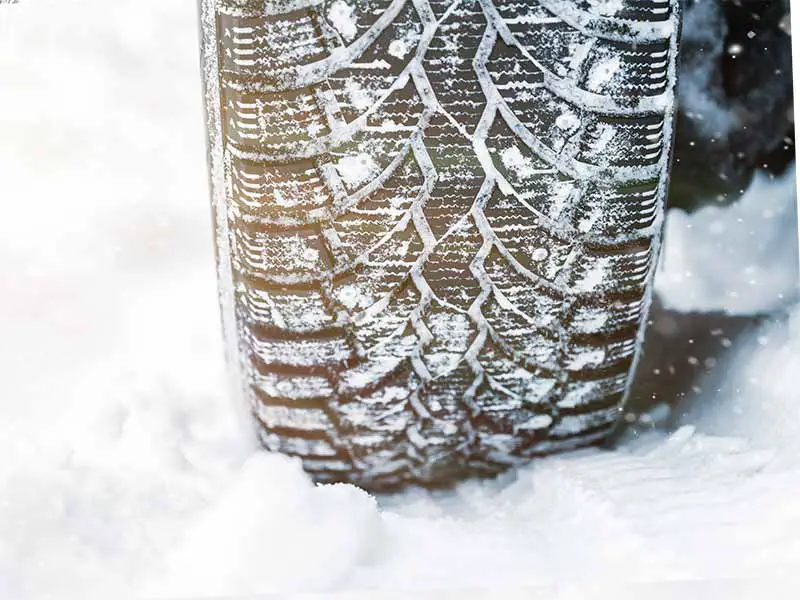
Benefits of Winter Tires
Winter tires, sometimes called snow tires, are special tires made for cold weather and snowy or icy roads. They’re different from the regular tires you might use in warmer months.
How Are Winter Tires Different?
There are a few things that make winter tires special:
- Tread Design: The pattern on the bottom of the tire, called the tread, is different on winter tires. It’s made to grip snow and ice better.
- Softer Rubber: Winter tires use a type of rubber that stays soft in cold weather. Soft rubber can grip the road better than hard rubber.
- Deep Grooves: These tires have deep channels or grooves. These help move snow and water out of the way, so the tire can touch the road.
Why Should I Use Winter Tires?
There are some good reasons to think about using winter tires:
- Better Grip: As we talked about, winter tires are made to grip snow and ice. This can help you drive more safely in winter weather.
- Less Sliding: Because they grip better, winter tires can help your car slide less on slippery roads.
- Longer Tire Life: If you switch to winter tires in cold months, your regular tires will last longer because you’re not using them all year.
Are There Any Downsides?
While winter tires are great for snowy and icy conditions, there are a few things to remember:
- Not for All Year: Winter tires wear out faster on dry roads. So, it’s a good idea to switch back to regular tires when the weather gets warmer.
- Cost: Buying a set of winter tires can be expensive. But, if they help you drive more safely and make your other tires last longer, they might be worth it.
Resources
Below are some links you may find helpful when learning about tires
- Should you lower tire pressure to gain traction in snow? – Consumer Reports
- Should I increase my tire pressure for winter driving – Tire Rack
Final Thoughts
While lowering tire pressure can offer better traction in some snowy situations, it’s essential to ensure the tires are not too underinflated to avoid potential risks. Additionally, investing in winter tires can provide an added layer of safety and performance during the colder months.
Regularly checking your tire pressure, especially during winter, and being aware of the road conditions are key steps to ensuring a safe driving experience.
Good luck and happy motoring.
